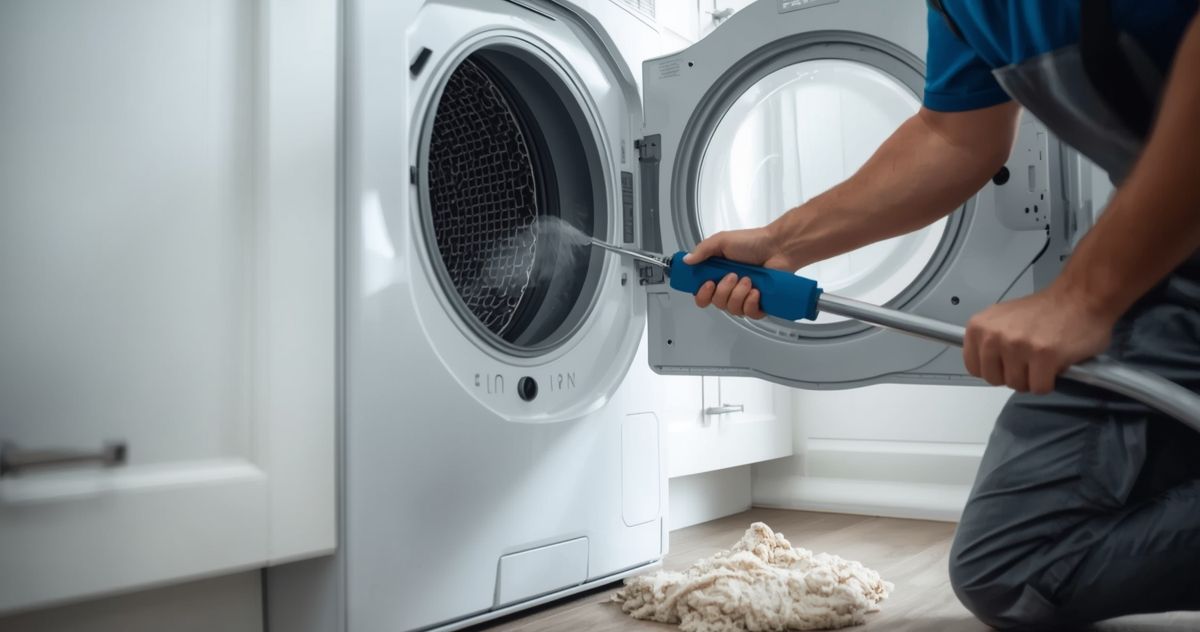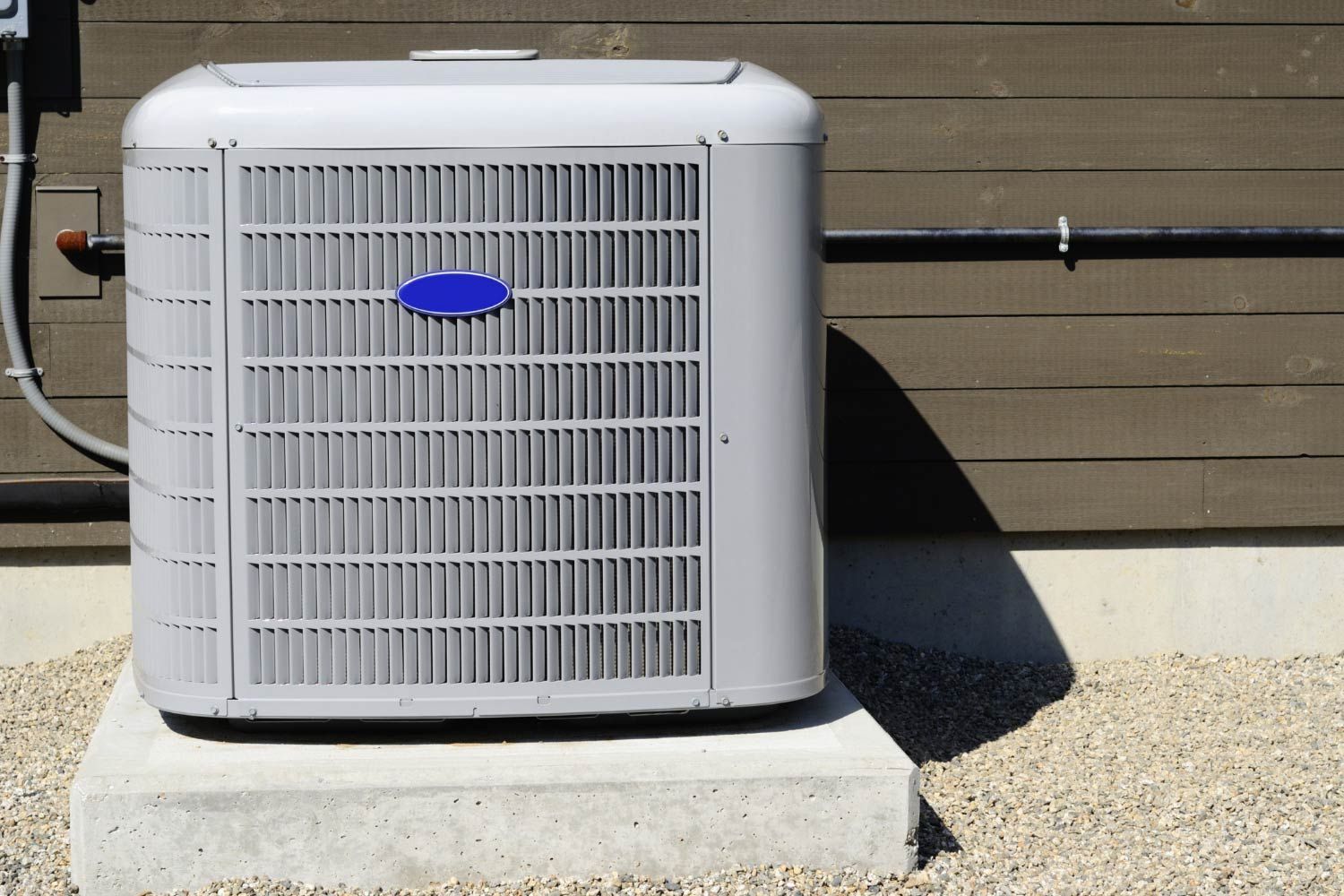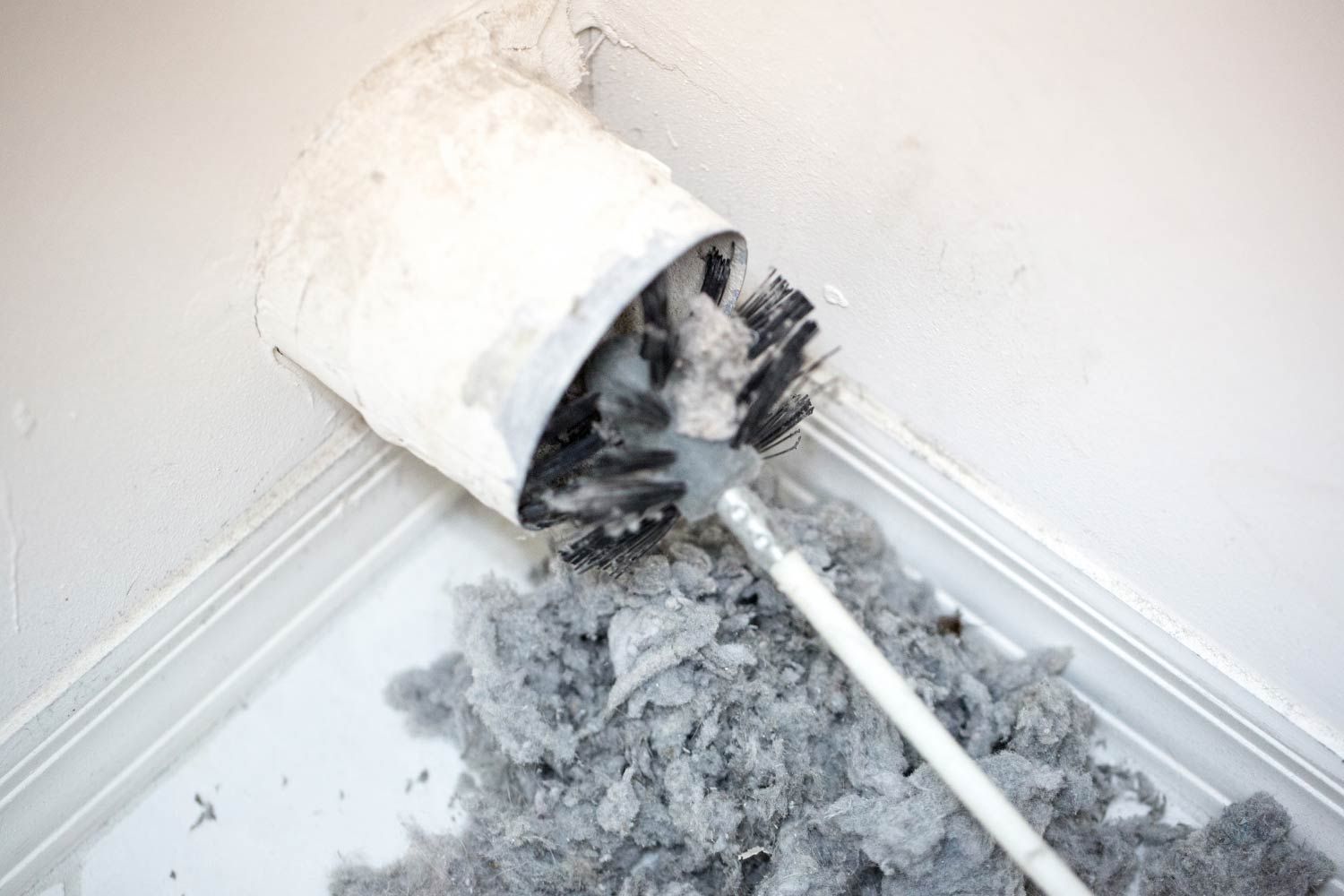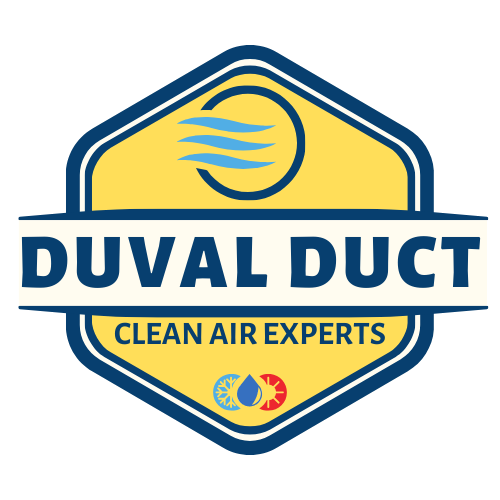What Is Air Duct Sanitation and Why Does It Matter?
Indoor air quality is something many homeowners overlook, yet it has a direct impact on your health, comfort, and energy bills. One service that often raises questions is air duct sanitation. You may have heard about duct system cleaning, but sanitation goes a step further. It doesn’t just remove dust and debris, it helps disinfect your HVAC ducts to prevent mold, bacteria, and allergens from circulating in your home.
In this complete guide, we’ll explain what air duct sanitation really is, how it works, why it matters, and what you should know before scheduling a service.
What Is Air Duct Sanitation?
Air duct sanitation is a specialized process performed after air duct cleaning. While duct cleaning removes dust, dirt, and debris, sanitation uses EPA-approved disinfectants or antimicrobial solutions to eliminate harmful microorganisms like:
- Mold spores
- Bacteria
- Viruses
- Dust mites
- Fungi and mildew
These sanitizing agents are applied throughout the ductwork using foggers or sprayers that distribute the solution evenly inside the system. This helps reduce airborne contaminants and prevents them from re-circulating through your HVAC system every time it runs.
Why Does Air Duct Sanitation Matter?
Sanitizing air ducts is not just about cleaner vents; it’s about health, comfort, and efficiency. Here’s why it matters:
1. Improved Indoor Air Quality
According to the U.S. Environmental Protection Agency (EPA), indoor air can be 2–5 times more polluted than outdoor air. If your ducts are contaminated, your HVAC system spreads allergens and pollutants every time it runs. Sanitation reduces these risks, providing cleaner air to breathe.
2. Reduced Allergies and Respiratory Issues
Dust mites, mold, and bacteria are common triggers for asthma, allergies, and respiratory illnesses. Sanitizing ducts helps minimize these irritants, especially for households with children, elderly members, or people with weak immune systems.
3. Mold Prevention
Moisture buildup inside ducts creates the perfect environment for mold growth. Once mold develops, spores spread quickly throughout the home. Air duct sanitation targets mold and mildew, reducing the chance of regrowth.
4. Odor Elimination
If you’ve noticed musty, stale, or unpleasant odors in your home, dirty ducts could be the cause. Sanitation neutralizes odors from mold, pet dander, smoke, and even cooking.
5. Longer HVAC System Life
When contaminants build up inside ductwork, your HVAC system has to work harder, which increases wear and tear. Sanitizing ducts ensures smoother airflow, reducing strain and helping your unit last longer.
Cost of Air Duct Sanitation in 2025
The cost of duct sanitation varies based on home size, system complexity, and the type of disinfectant used. On average in 2025:
| Home Size / System Type | Typical Cost Range | Average Cost |
|---|---|---|
| Small home (up to 1,000 sq. ft.) | $150 – $250 | $200 |
| Medium home (1,500 – 2,000 sq. ft.) | $250 – $400 | $325 |
| Large home (2,500 – 3,000 sq. ft.) | $350 – $600 | $475 |
| Extra-large home (3,500+ sq. ft.) | $500 – $700+ | $600 |
| Add-on to duct cleaning (per system) | $100 – $300 | $200 |
| Per square foot (ductwork treated) | $0.20 – $0.50 | $0.35 |
Signs You May Need Air Duct Sanitation
Not every home requires frequent sanitation, but certain warning signs indicate it may be time:
- Persistent musty or moldy smell when the HVAC system runs
- Visible mold inside vents or around registers
- Increased allergy or asthma flare-ups indoors
- Evidence of rodent or insect infestations inside ductwork
- Water damage near or inside the duct system
- Recently completed home renovations (dust and debris often spread)
If any of these apply, professional sanitation could make a big difference.
How Is Air Duct Sanitation Done?
The sanitation process usually follows after a professional duct cleaning. Here’s what it involves:
- Inspection – Technicians check ducts for dust buildup, mold, or pest activity.
- Cleaning – High-powered vacuums and brushes remove debris and dust.
- Sanitizing Application – A fogging machine disperses an EPA-approved disinfectant throughout the duct system. This ensures even coverage of every corner.
- Drying Time – The solution is allowed to settle and dry before the HVAC system is turned back on.
Most sanitizing products are safe, non-toxic, and designed for use in occupied spaces, but always ask the technician for details on the chemicals used.
Air Duct Sanitation vs. Air Purifiers
| Factor | Air Duct Sanitation | Air Purifiers |
|---|---|---|
| Purpose | Cleans and disinfects ducts, removes dust, mold, bacteria | Filters air in rooms or whole-home, removes dust, pollen, smoke |
| Cost (2025) | $150 – $700 | $100 – $1,000+ |
| Coverage | Whole duct system | Single room to whole-house |
| Effectiveness | Kills mold, bacteria, viruses in ducts | Reduces airborne particles; doesn’t clean ducts |
| Maintenance | Annual or as needed; professional | Filter replacement every 3–12 months |
| Installation | Professional service recommended | Plug-and-play or professional for HVAC units |
| Benefits | Better airflow, cleaner ducts, improved HVAC efficiency | Cleaner room air, fewer allergens |
| Limitations | Doesn’t filter air in real-time | Doesn’t clean ductwork or hidden mold |
Benefits of Professional Air Duct Sanitation
Professional air duct sanitation helps improve indoor air quality, enhance HVAC efficiency, and protect your home from allergens, mold, and bacteria.
- Cleaner, fresher indoor air
- Reduced allergens and respiratory triggers
- Longer HVAC system efficiency
- Peace of mind knowing mold and bacteria are treated
- Added protection against odors and pests
How Often Should You Sanitize Air Ducts?
Unlike duct cleaning (recommended every 3–5 years), air duct sanitation isn’t always needed as frequently. Homeowners typically schedule it:
- After mold contamination
- Following a pest infestation
- After major renovations or construction
- When indoor allergies worsen unexpectedly
- Every 5–7 years as part of preventive maintenance
Final Thoughts
Air duct sanitation is more than just an optional add-on, it’s a proactive step to protect your home’s air quality, comfort, and safety. By eliminating mold, bacteria, and allergens, sanitation creates a healthier living environment while extending the life of your HVAC system.
If you’ve noticed musty odors, allergy flare-ups, or mold in your ductwork, it may be time to schedule a professional AC duct inspection and sanitation service. Clean ducts don’t just mean a cleaner home they mean better health and long-term savings.
Frequently Asked Questions
How long does air duct sanitation take?
The duration depends on the size of your home and the complexity of your HVAC system. On average, a standard residential home takes 2–4 hours from start to finish. This includes inspection, cleaning, and the application of the disinfectant. Larger homes or commercial systems may take longer.
How often should I sanitize my air ducts?
Air duct sanitation is not required as frequently as routine duct cleaning. Most homeowners benefit from sanitation every 5–7 years. However, it may be necessary sooner if you notice mold growth, persistent odors, pest infestations, or worsening allergy symptoms.
Is air duct sanitation safe for children and pets?
Yes, when performed by a licensed professional using EPA-approved disinfectants. Most products are non-toxic and safe for occupied spaces once the process is complete. It’s recommended to keep children and pets away from treated areas until the disinfectant has dried completely.
Will air duct sanitation remove dust and debris?
Air duct sanitation focuses on disinfecting biological contaminants, such as mold, bacteria, and fungi. It does not remove dust or debris. For the best results, sanitation should always follow a professional duct cleaning service that physically removes dust and dirt.
Can air duct sanitation prevent allergies and asthma?
Yes, sanitation helps reduce allergens, mold spores, and bacteria in your HVAC system. This can lead to noticeable improvements in indoor air quality, which may reduce allergy and asthma flare-ups. For maximum benefit, combine duct sanitation with regular duct cleaning and proper air filtration.



